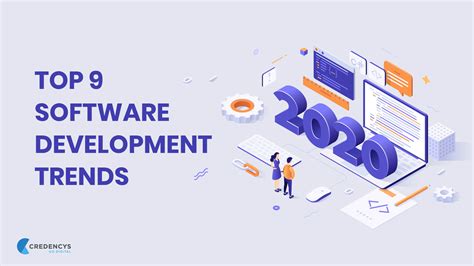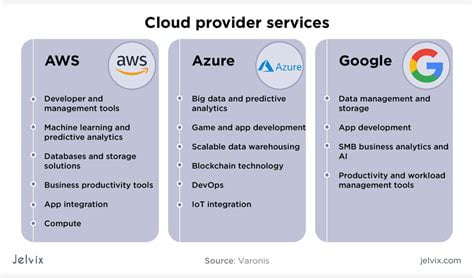The rise of big data has brought about the need for more advanced tools to analyze large datasets. R, a programming language and software environment for statistical computing and graphics, has become a popular tool for analysts and data scientists to work with big data. In this article, we will explore the benefits of using R for big data analysis.
R has gained popularity as a data analysis tool due to its versatility and ability to handle large datasets. It provides a wide range of statistical and graphical techniques, making it an ideal tool for data exploration, visualization, and modeling. With R, analysts can easily analyze and manipulate large datasets, making it a valuable tool for big data analysis.
R and Big Data Analytics
R provides a wide range of packages for big data analytics, including Hadoop, Spark, and others. These packages allow analysts to work with large datasets in a distributed computing environment, making it possible to analyze data faster and more efficiently. With R, analysts can perform complex data analysis tasks and generate insights from large datasets with ease.
R and Machine Learning
R provides a wide range of machine learning algorithms, making it a valuable tool for data scientists. With R, analysts can perform supervised and unsupervised learning, as well as other machine learning techniques like classification, regression, and clustering. These techniques can be applied to large datasets, making it possible to generate insights and predictions from big data.
R and Visualization
R provides a wide range of visualization libraries, making it easy to create visualizations of large datasets. With R, analysts can create interactive visualizations that allow for deeper exploration of the data. These visualizations can be used to identify patterns and trends in the data, making it possible to generate insights from large datasets.
R and Data Manipulation
R provides a wide range of functions for data manipulation, making it easy to clean, filter, and transform large datasets. With R, analysts can easily handle missing data and outliers, making it possible to generate more accurate insights from big data. R also provides a wide range of functions for merging and aggregating datasets, making it possible to combine multiple datasets for analysis.
R and Reproducibility
R provides a wide range of tools for reproducible research, making it easy to share code and data with others. With R, analysts can create scripts and notebooks that can be easily shared and reproduced by others. This makes it possible to collaborate on big data analysis projects and share insights with others.
What is R Big Data?
R Big Data is the use of the R programming language and software environment for statistical computing and graphics to analyze large datasets.
What are the benefits of using R for big data analysis?
R provides a wide range of statistical and graphical techniques, making it an ideal tool for data exploration, visualization, and modeling. With R, analysts can easily analyze and manipulate large datasets, making it a valuable tool for big data analysis.
What packages are available for big data analytics in R?
R provides a wide range of packages for big data analytics, including Hadoop, Spark, and others.
What machine learning techniques are available in R?
R provides a wide range of machine learning algorithms, including supervised and unsupervised learning, classification, regression, and clustering.
What visualization libraries are available in R?
R provides a wide range of visualization libraries, making it easy to create visualizations of large datasets.
What data manipulation functions are available in R?
R provides a wide range of functions for data manipulation, including cleaning, filtering, and transforming large datasets.
What tools are available in R for reproducible research?
R provides a wide range of tools for reproducible research, including scripts and notebooks that can be easily shared and reproduced by others.
Is R a good tool for collaborative big data analysis projects?
Yes, R is a good tool for collaborative big data analysis projects due to its reproducibility features and the ability to share code and data with others.
What are some examples of big data analysis projects that use R?
Some examples of big data analysis projects that use R include sentiment analysis, customer segmentation, and fraud detection.
The benefits of using R for big data analysis include:
- Ability to handle large datasets
- Wide range of statistical and graphical techniques
- Machine learning algorithms for supervised and unsupervised learning
- Visualization libraries for creating interactive visualizations
- Functions for data manipulation, cleaning, filtering, and transforming
- Tools for reproducible research and collaboration
To get the most out of R for big data analysis, consider the following tips:
- Learn the basics of R programming and data analysis
- Explore the wide range of packages available for big data analytics
- Learn how to handle missing data and outliers
- Explore the wide range of machine learning algorithms available in R
- Use visualization libraries to create interactive visualizations
- Learn how to merge and aggregate datasets for analysis
- Consider using R notebooks for reproducible research
- Collaborate with others on big data analysis projects
R is a valuable tool for big data analysis, providing a wide range of statistical and graphical techniques, machine learning algorithms, visualization libraries, and functions for data manipulation. With R, analysts can easily analyze and manipulate large datasets, making it a valuable tool for big data analysis. Additionally, R provides tools for reproducible research and collaboration, making it possible to share code and data with others.
 Eltupe Technology And Software Updates
Eltupe Technology And Software Updates



